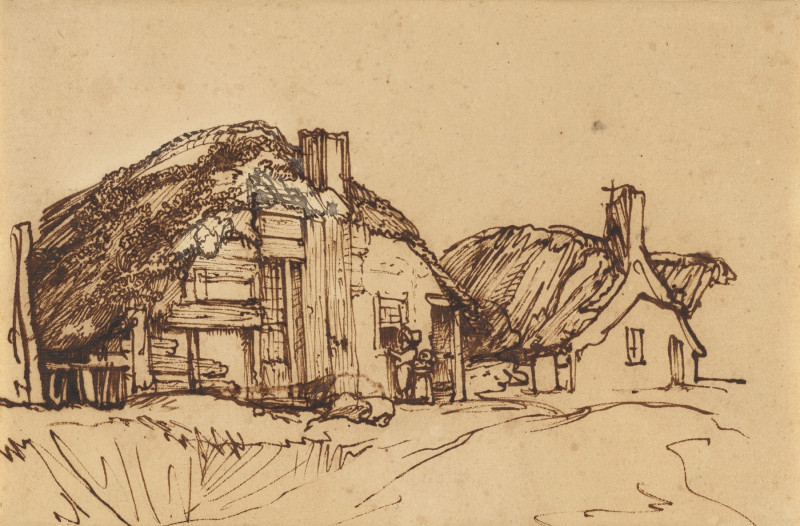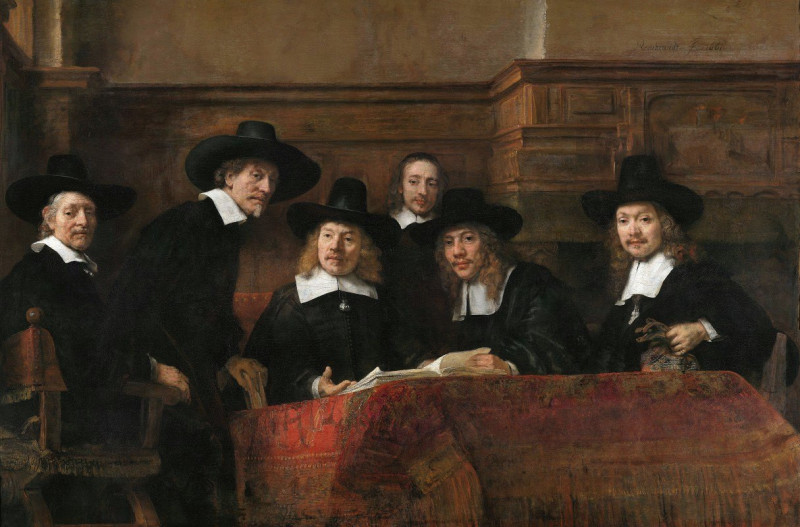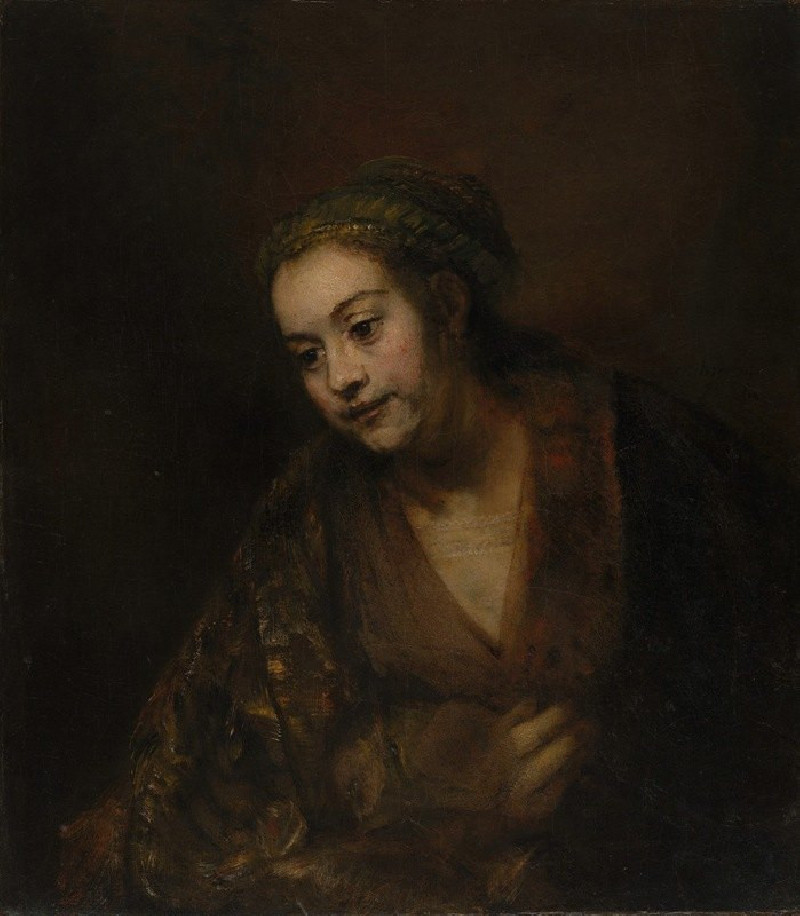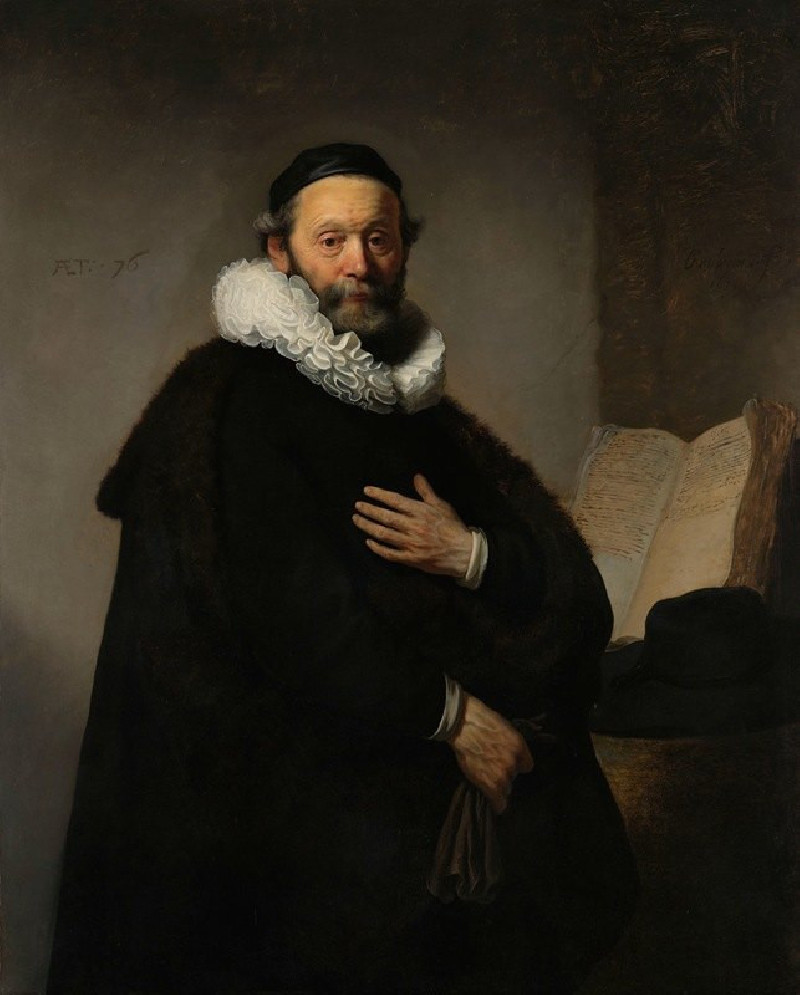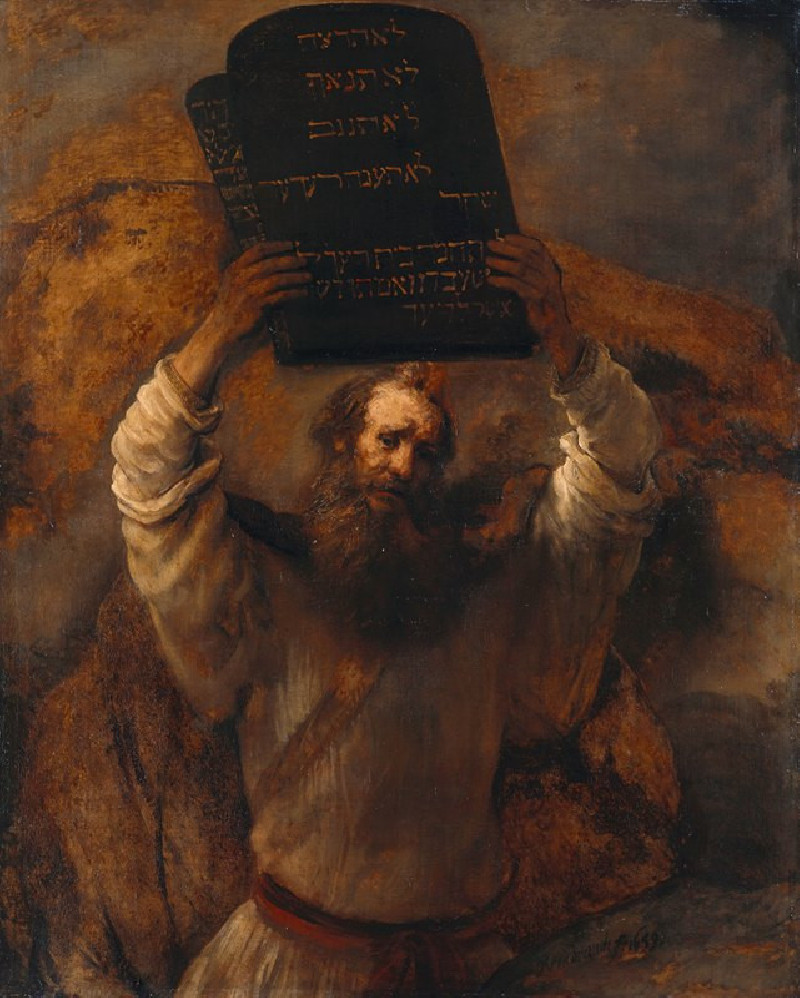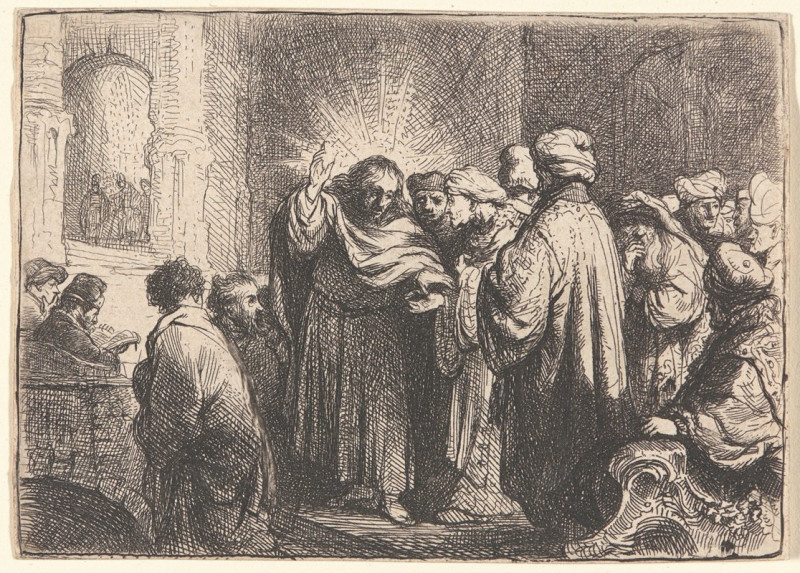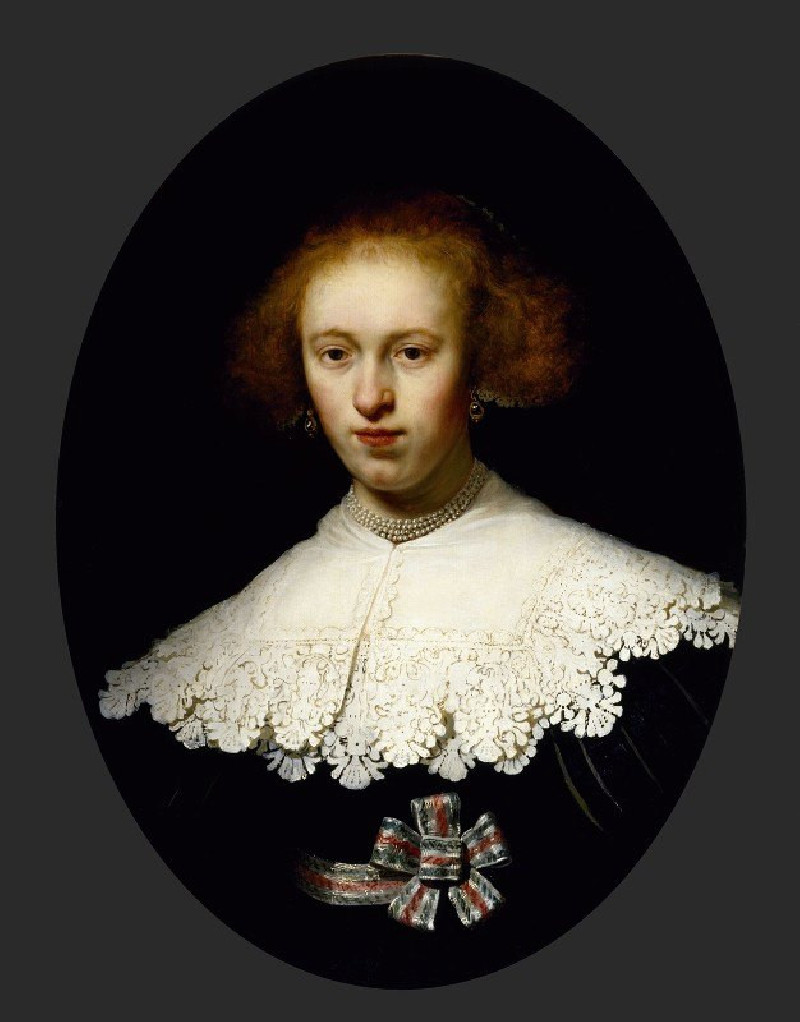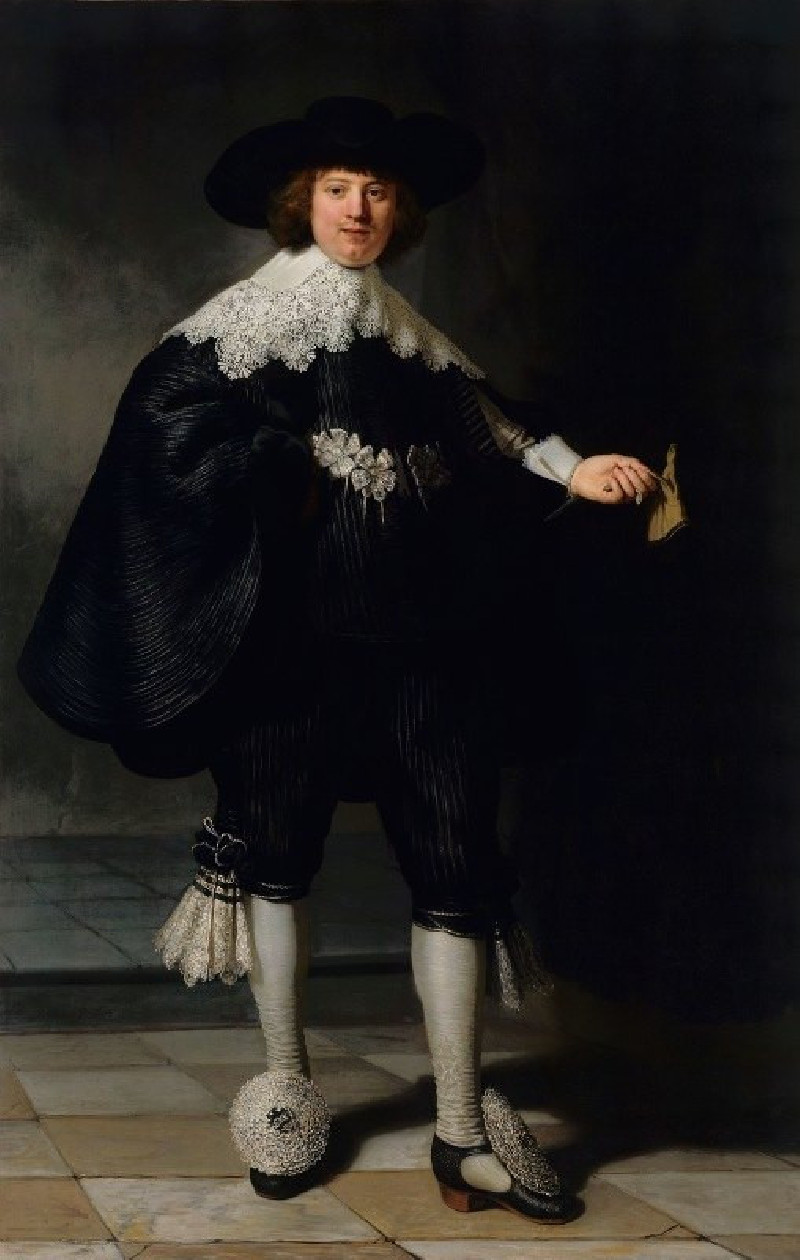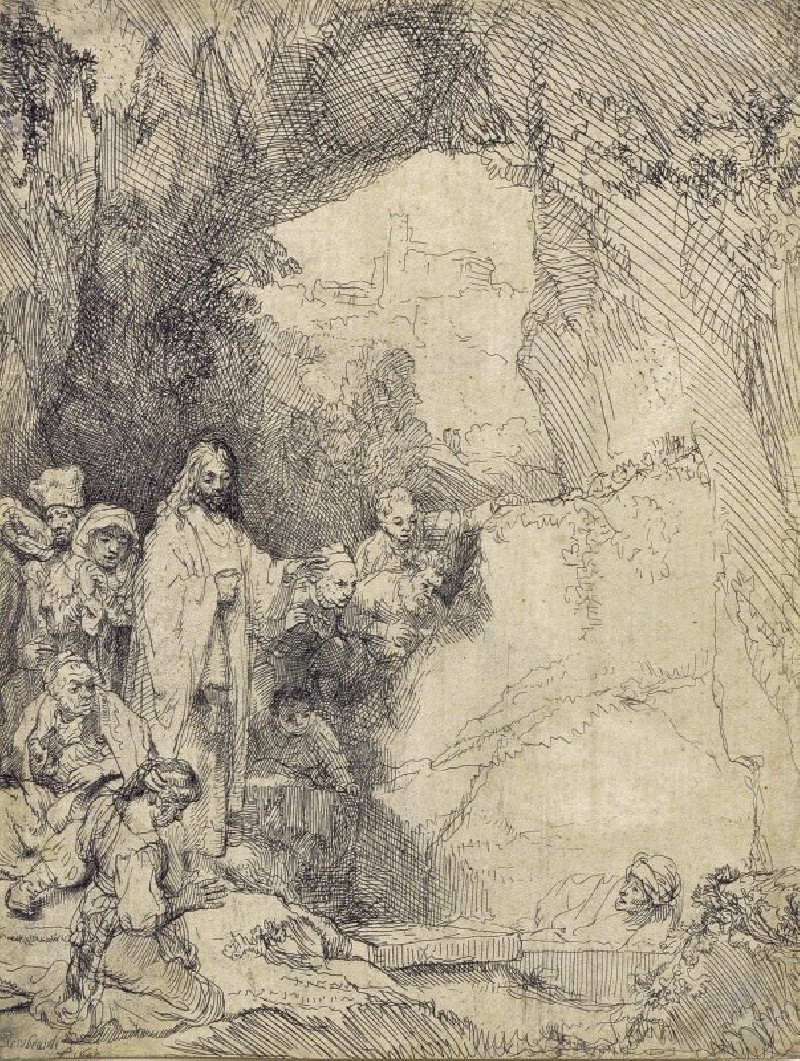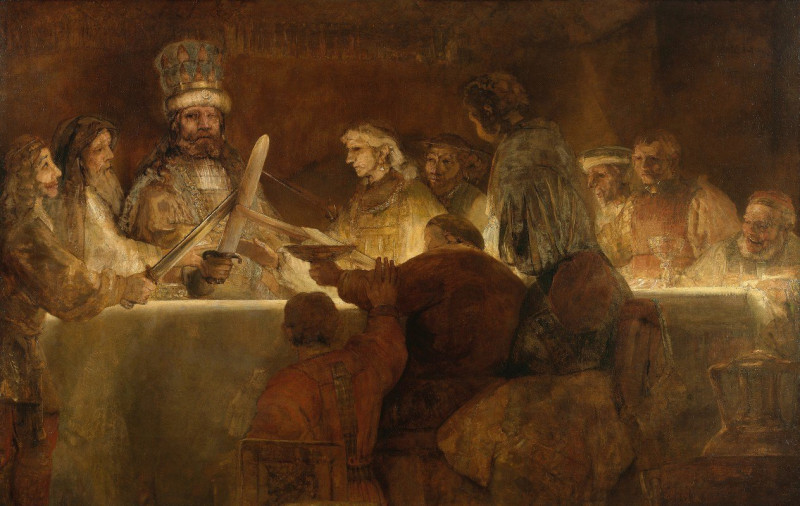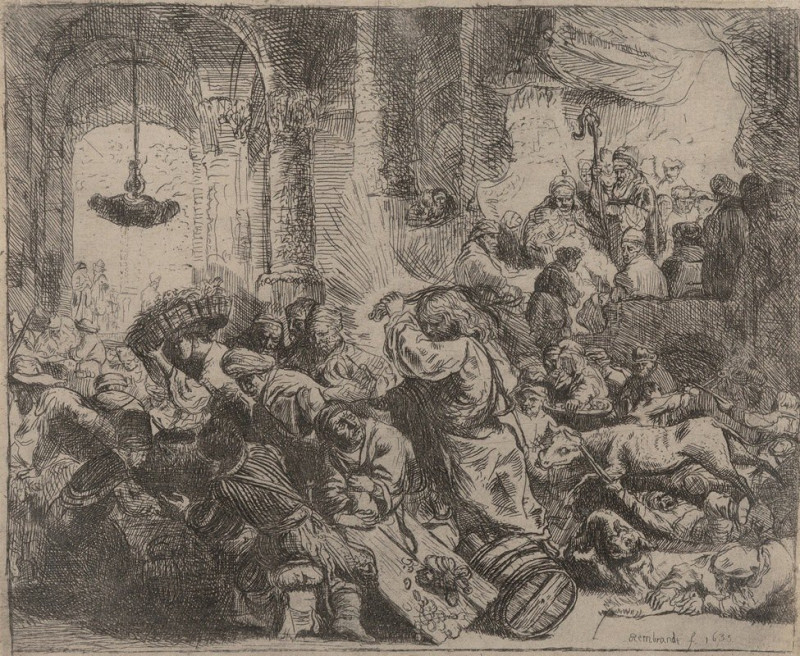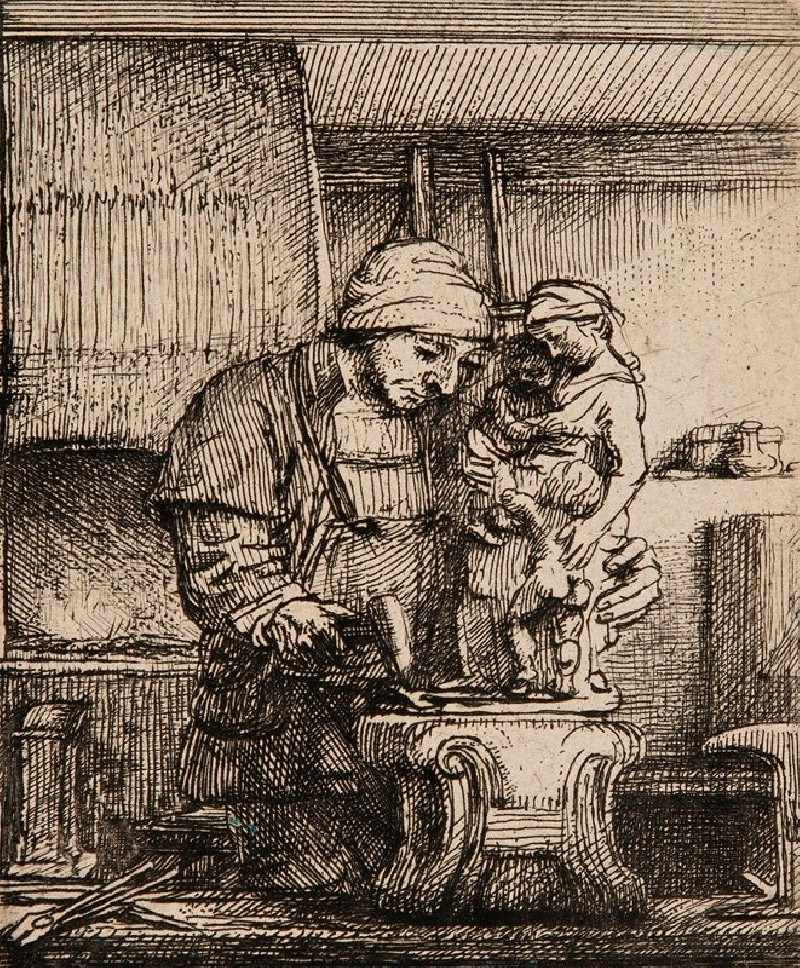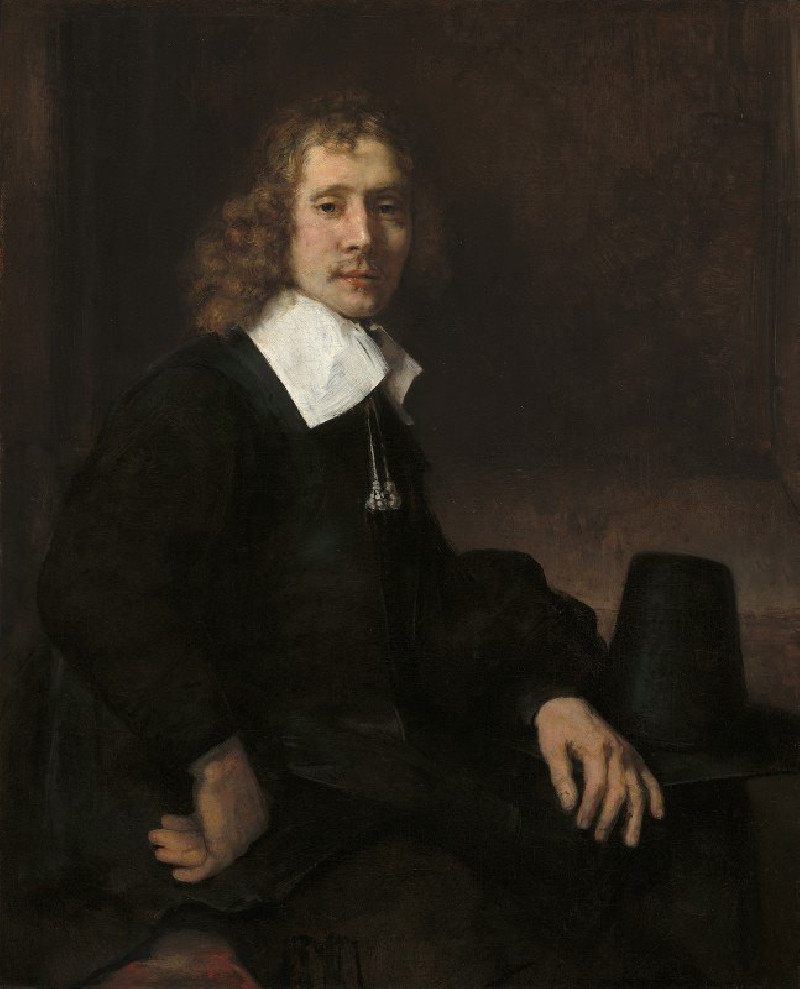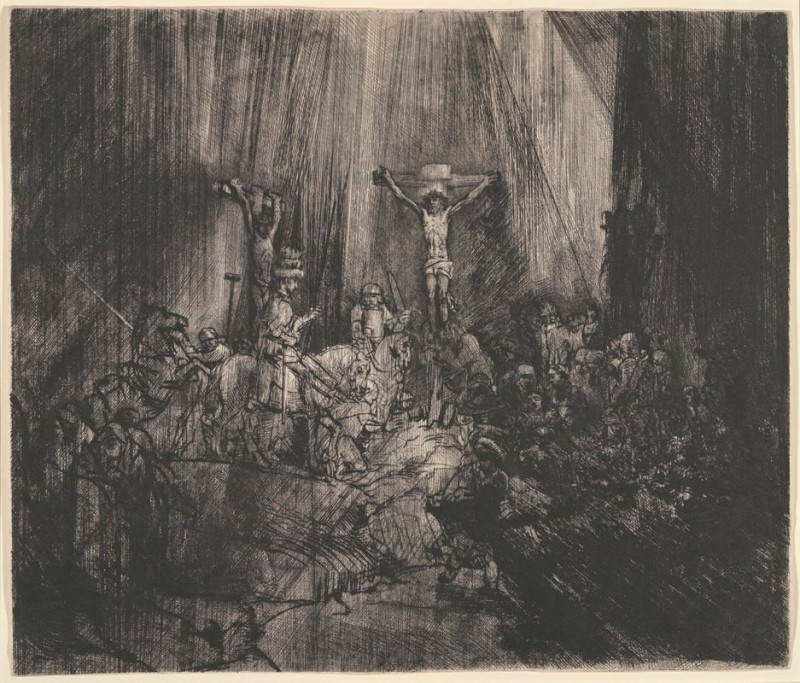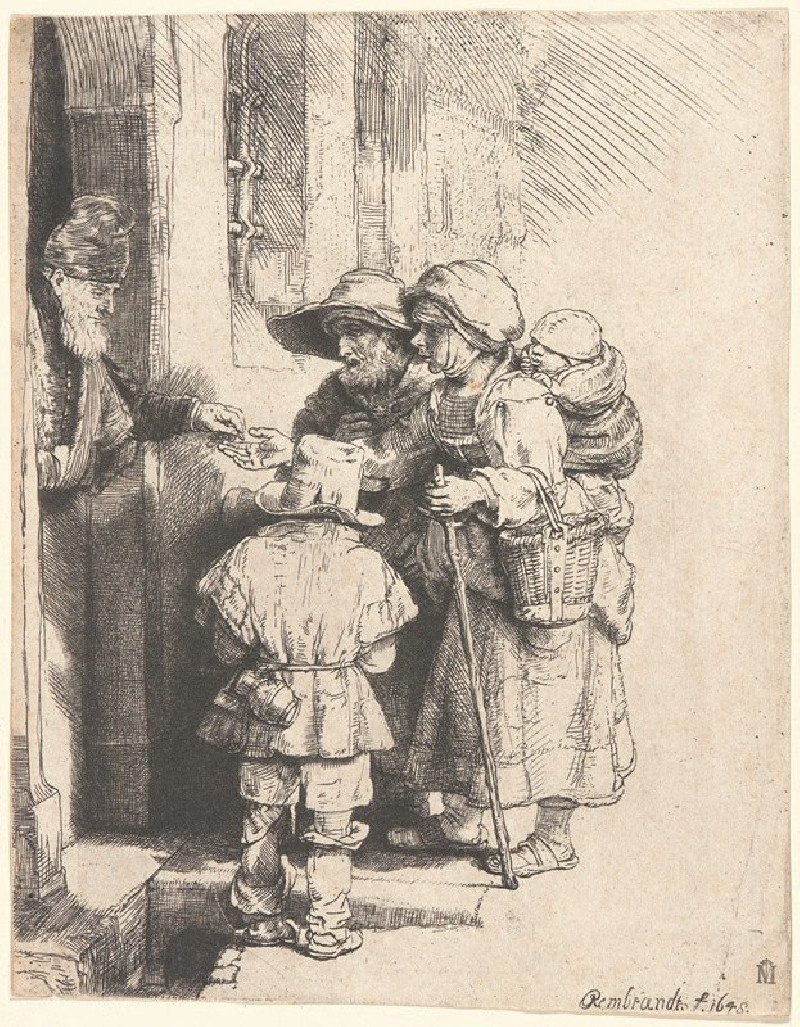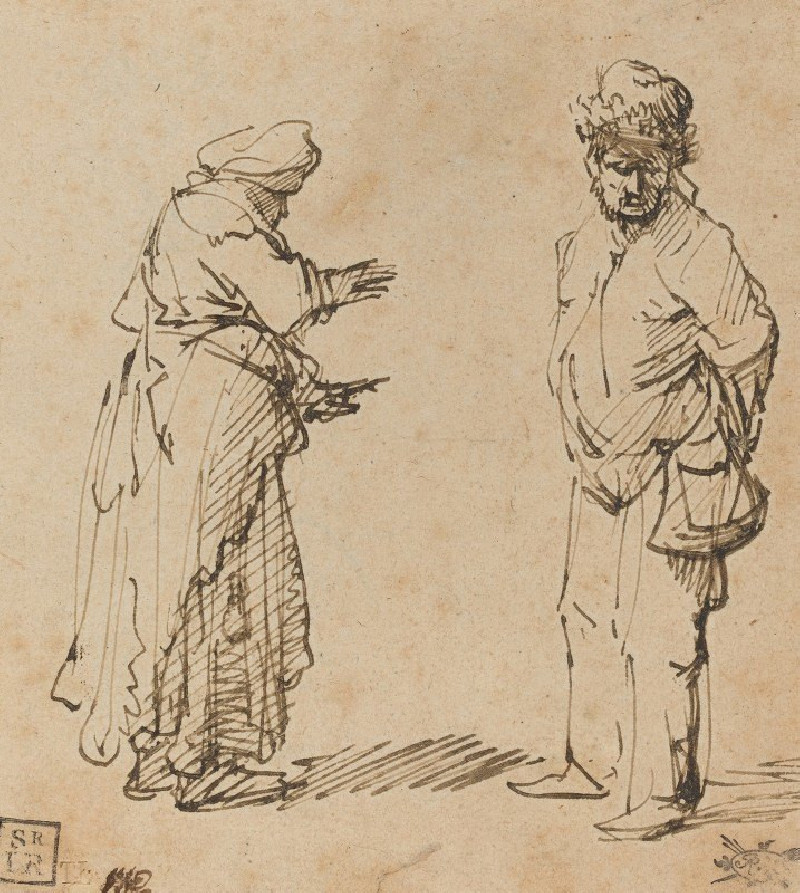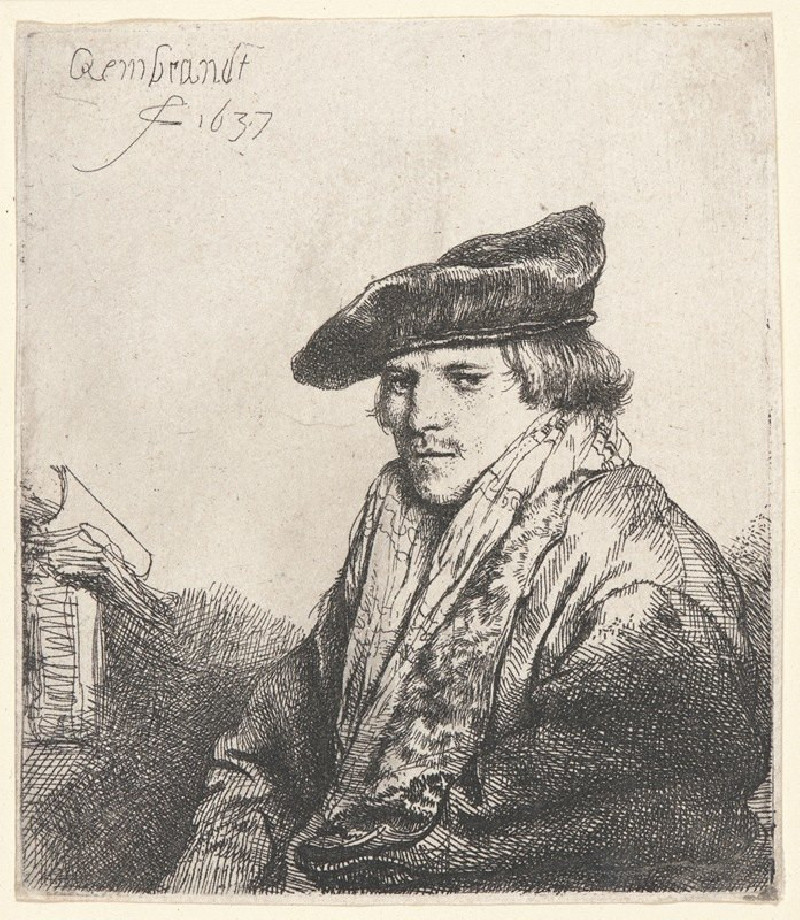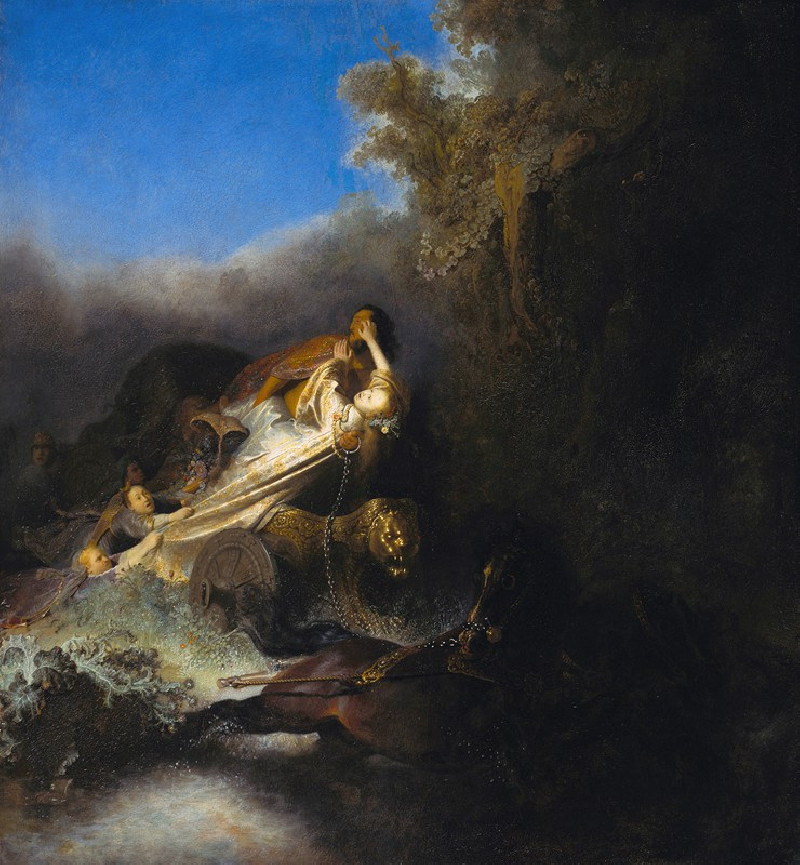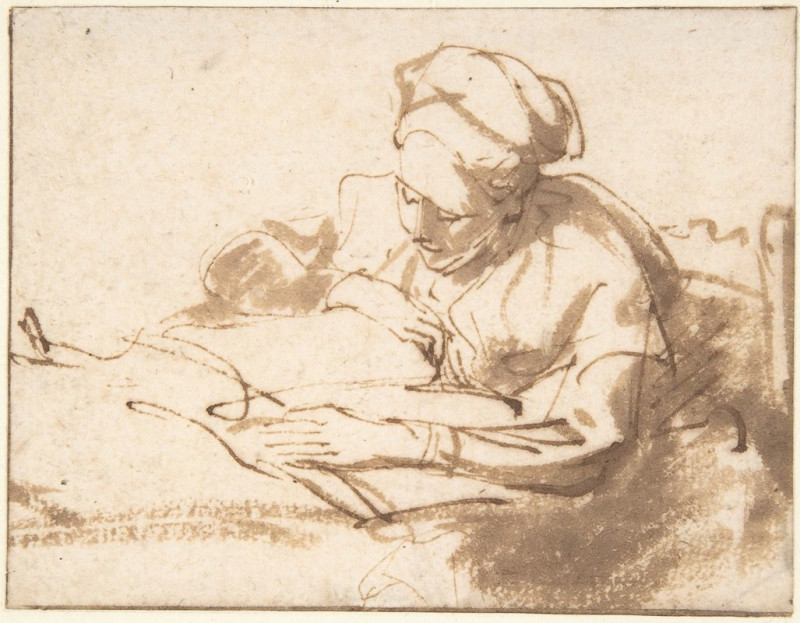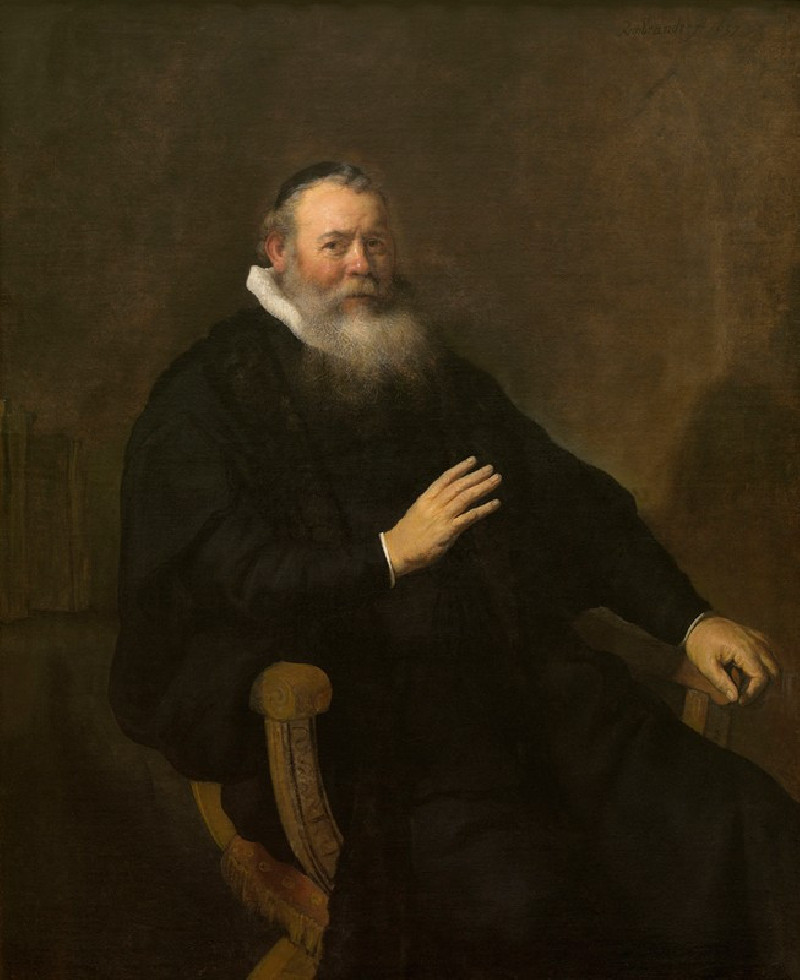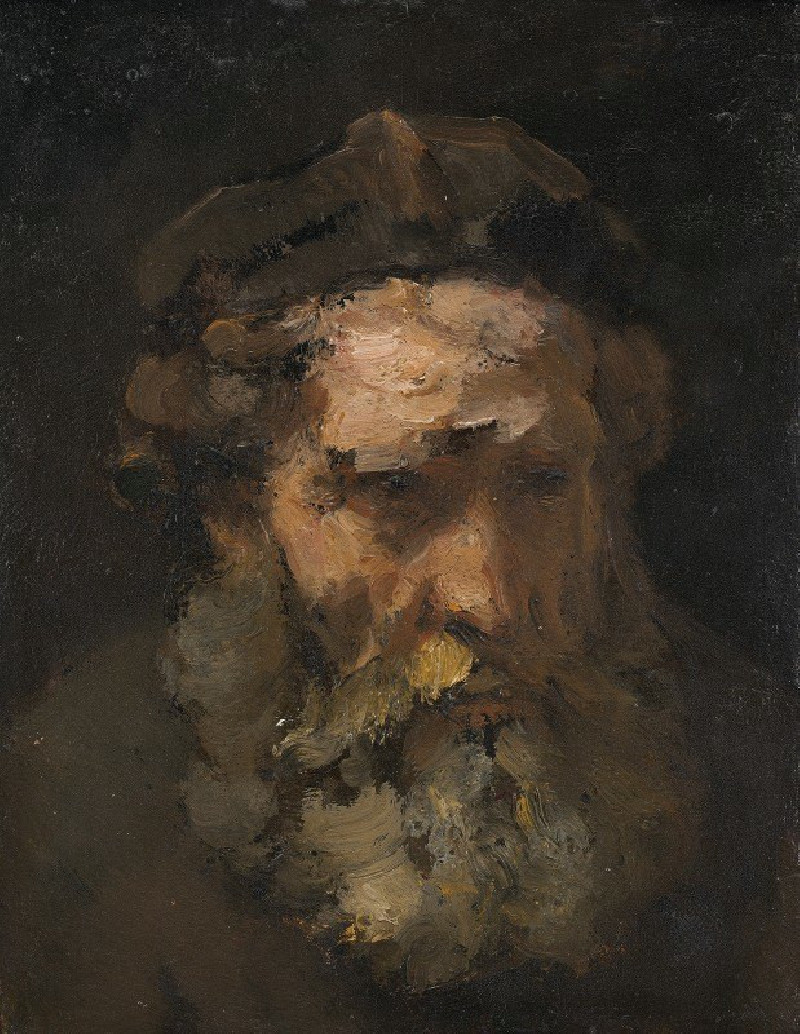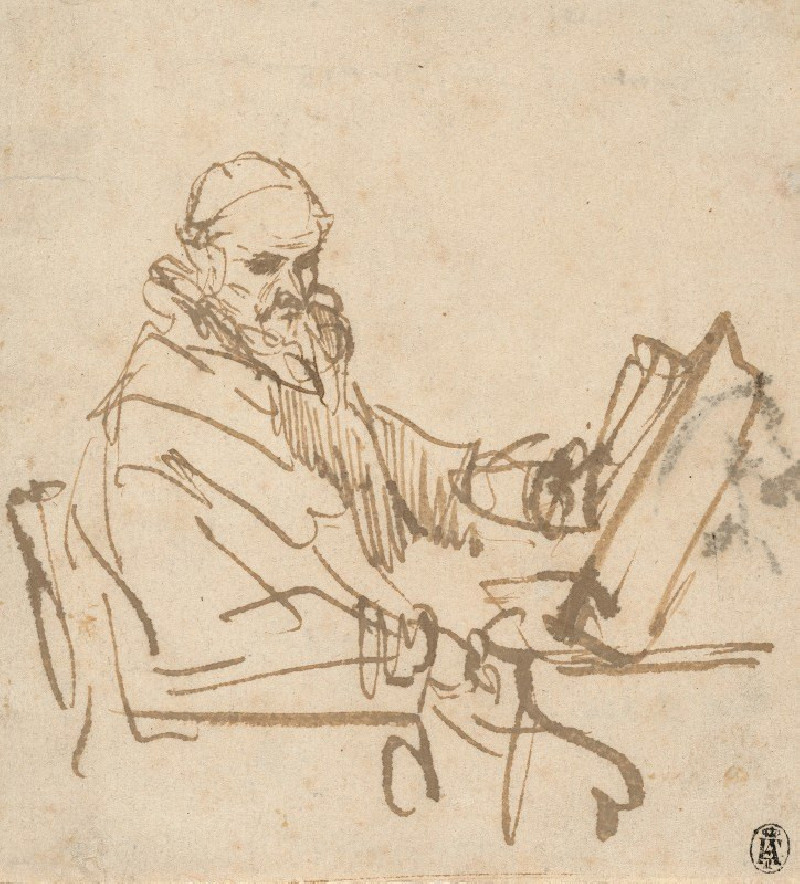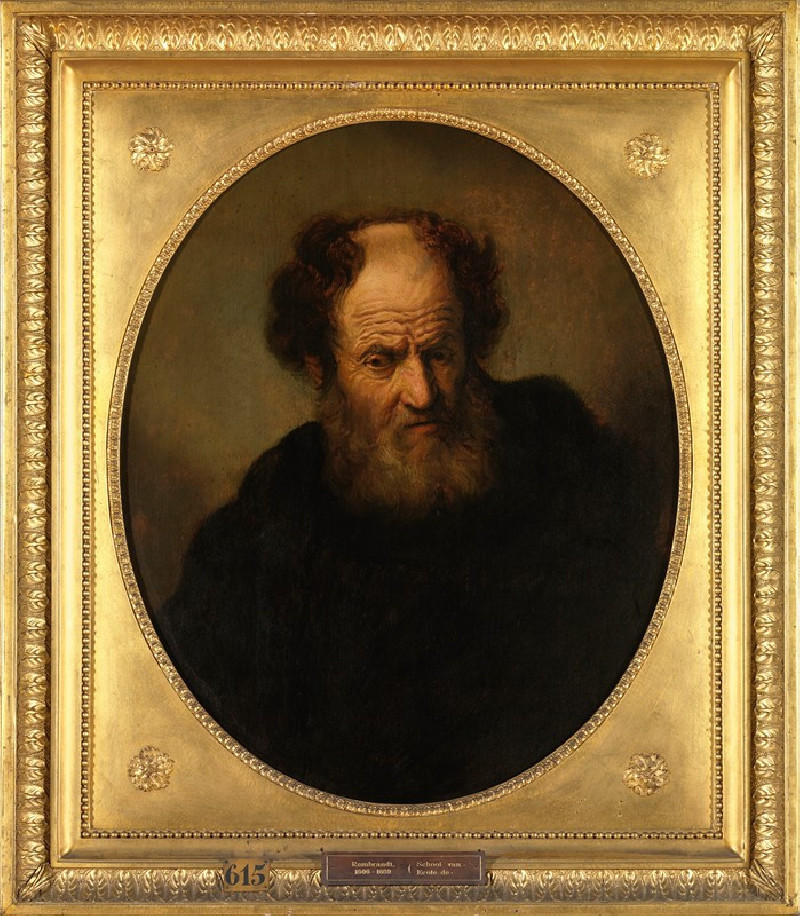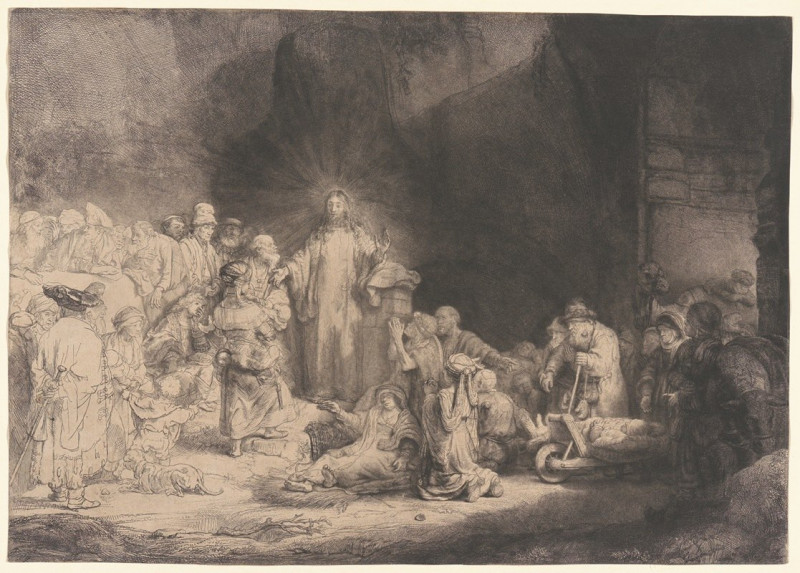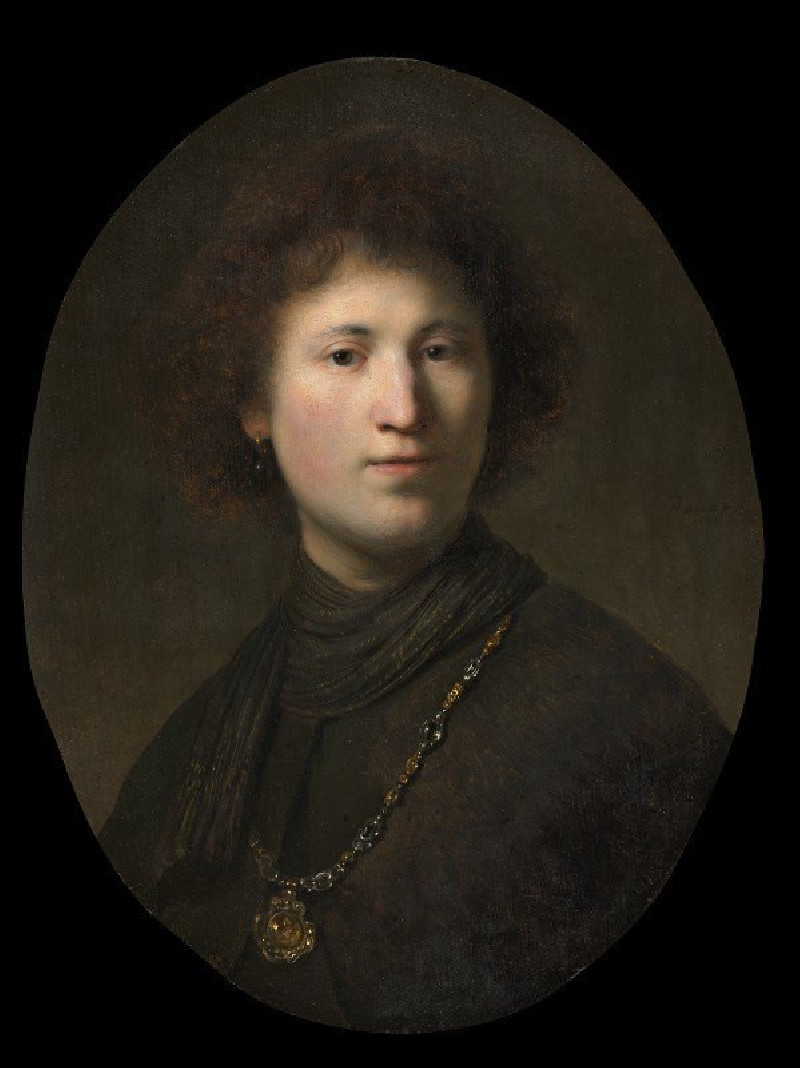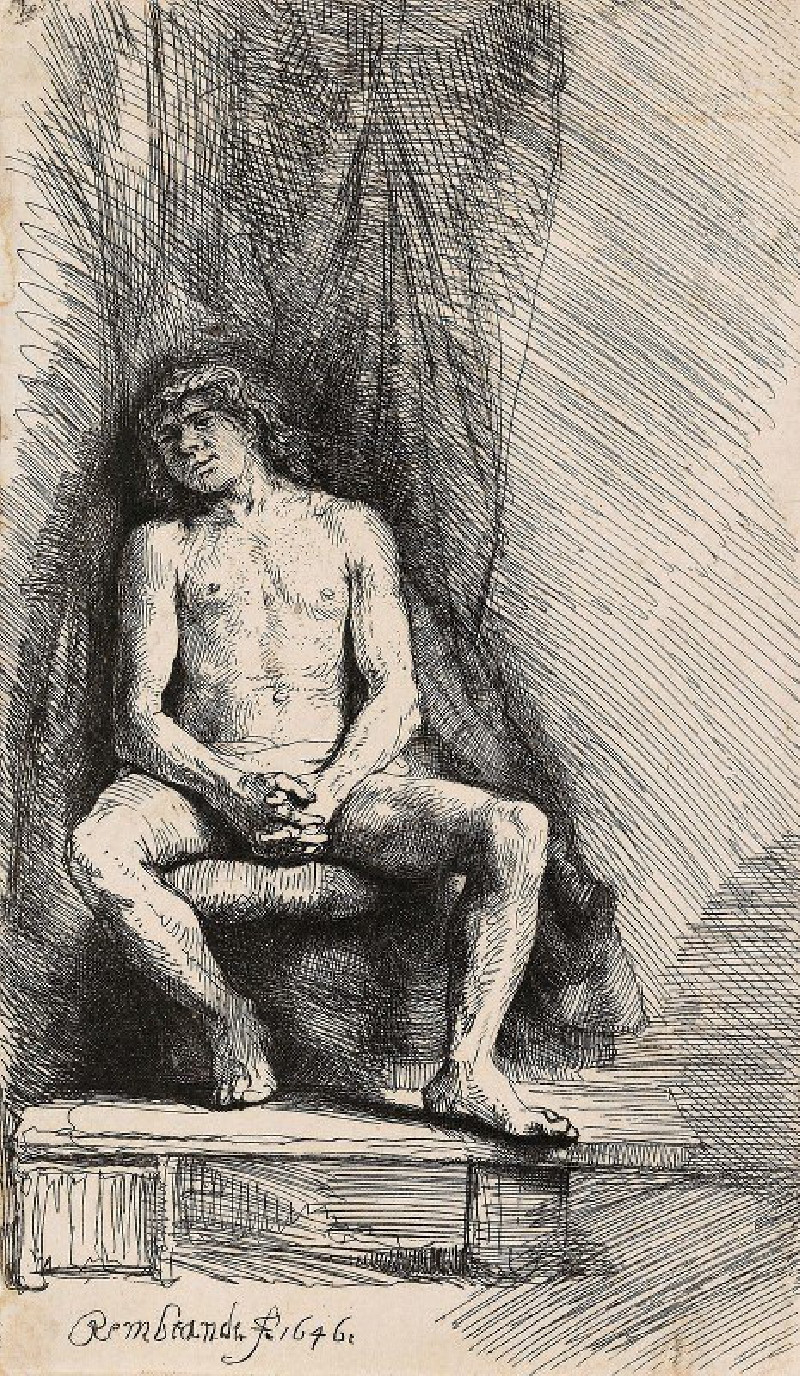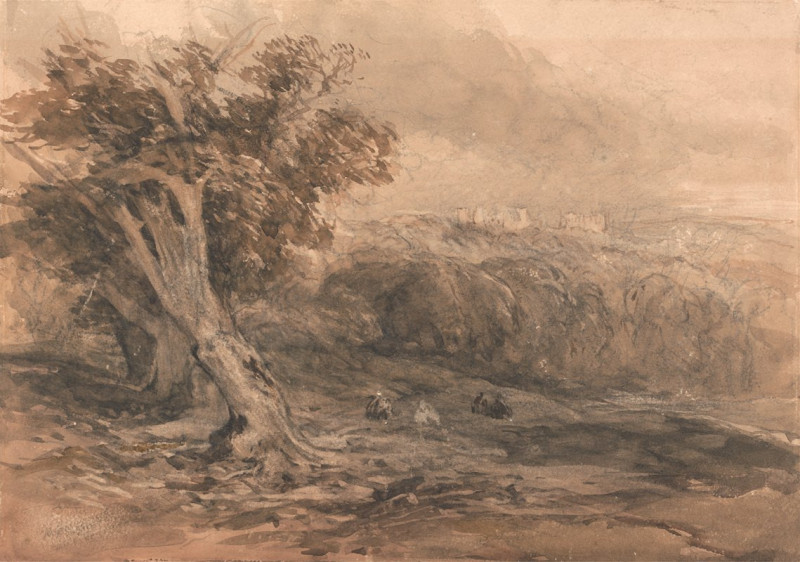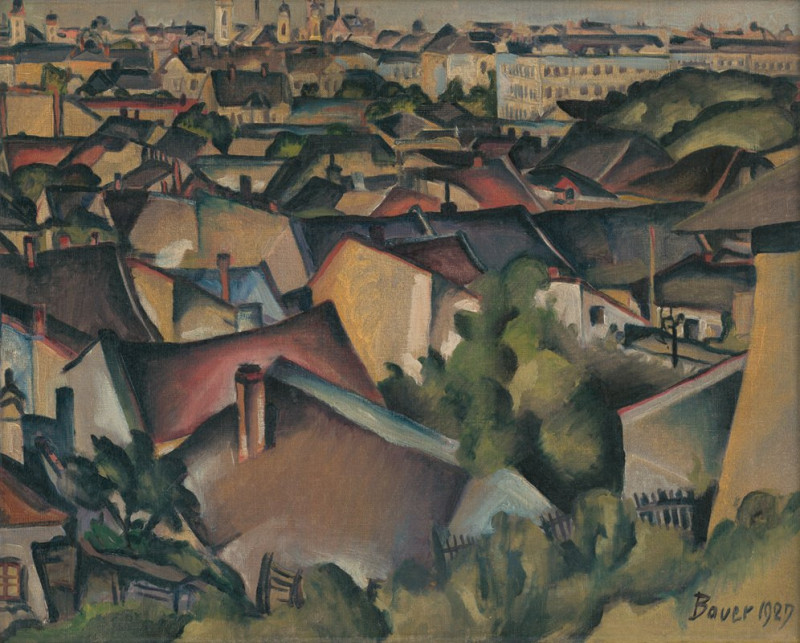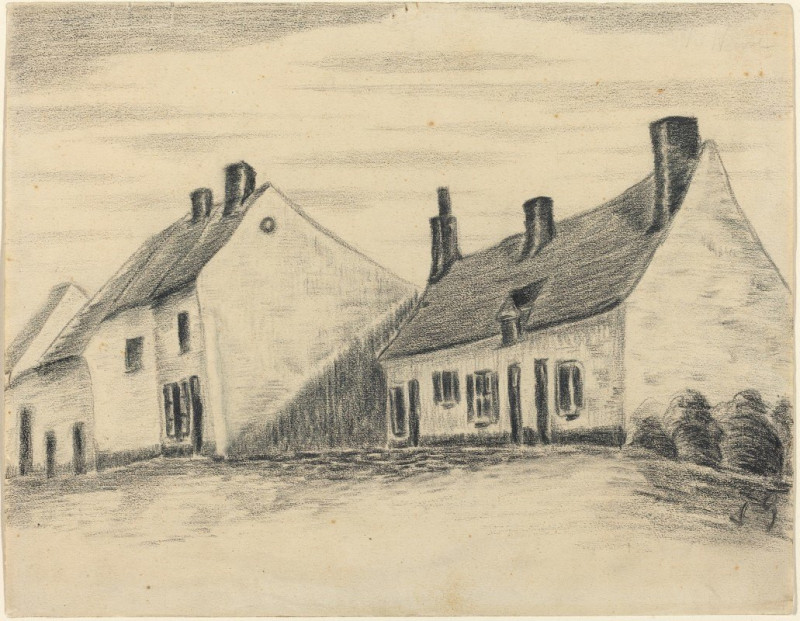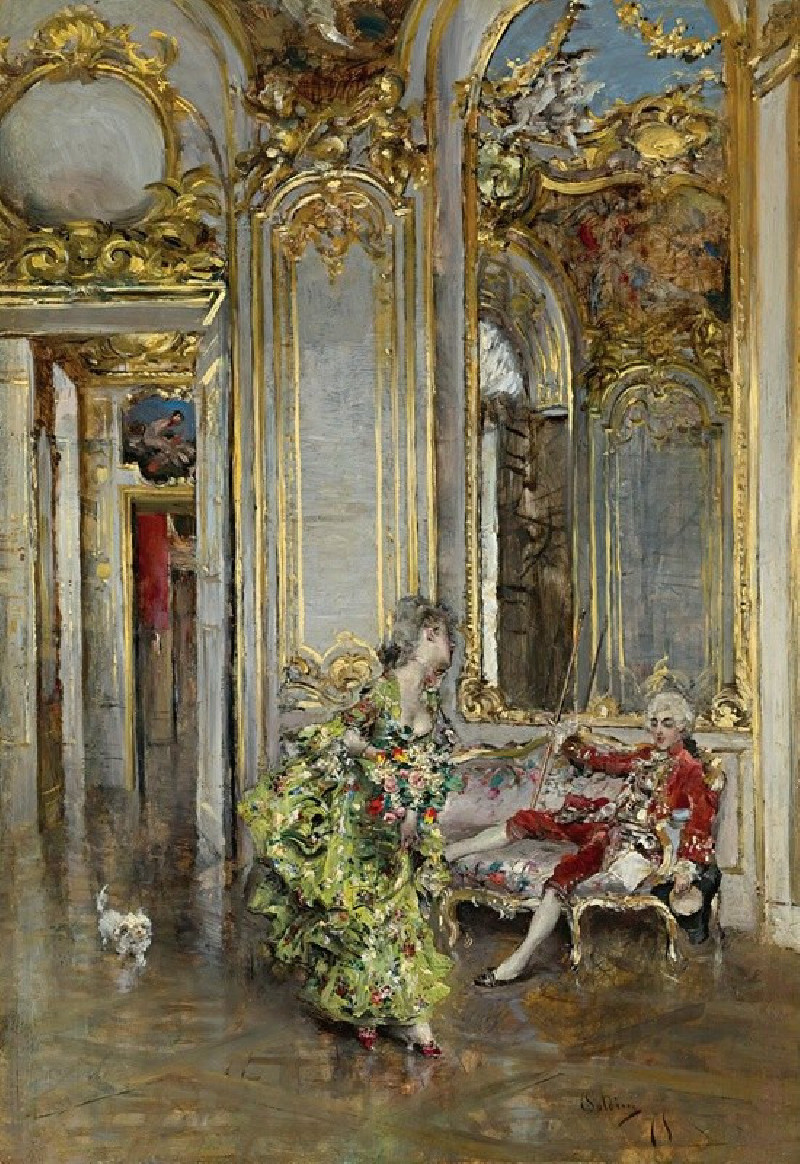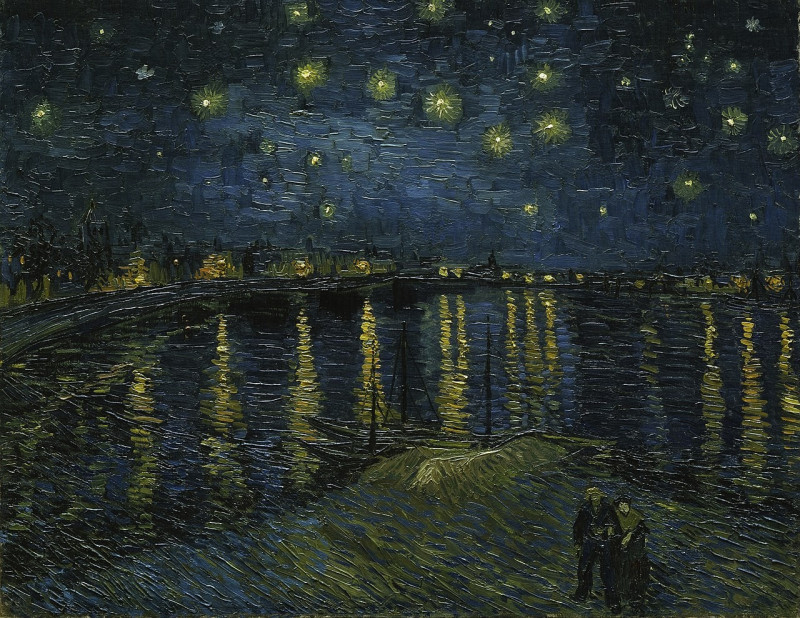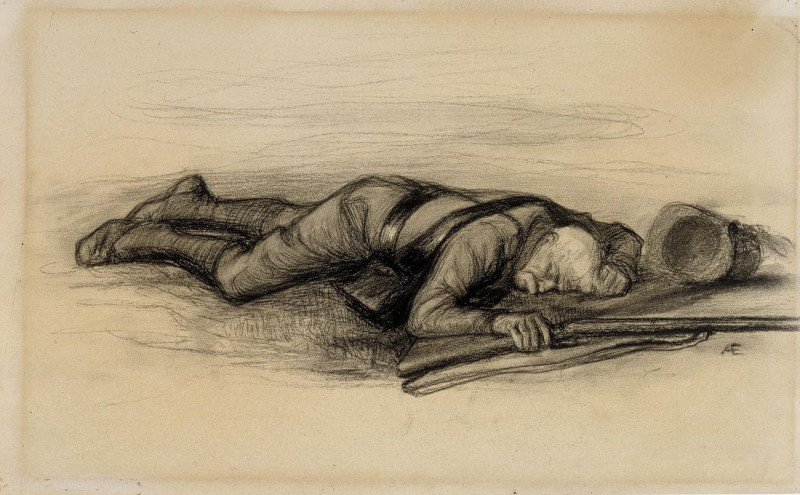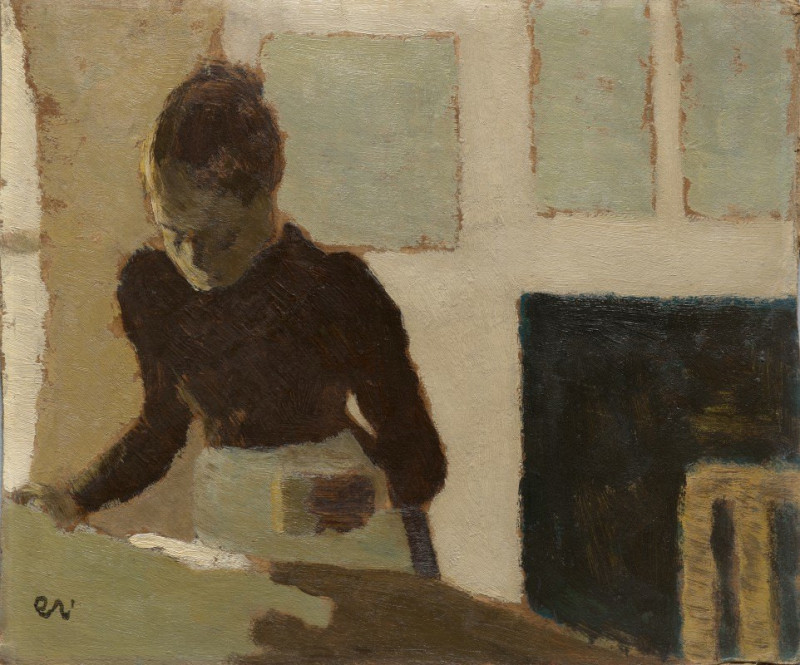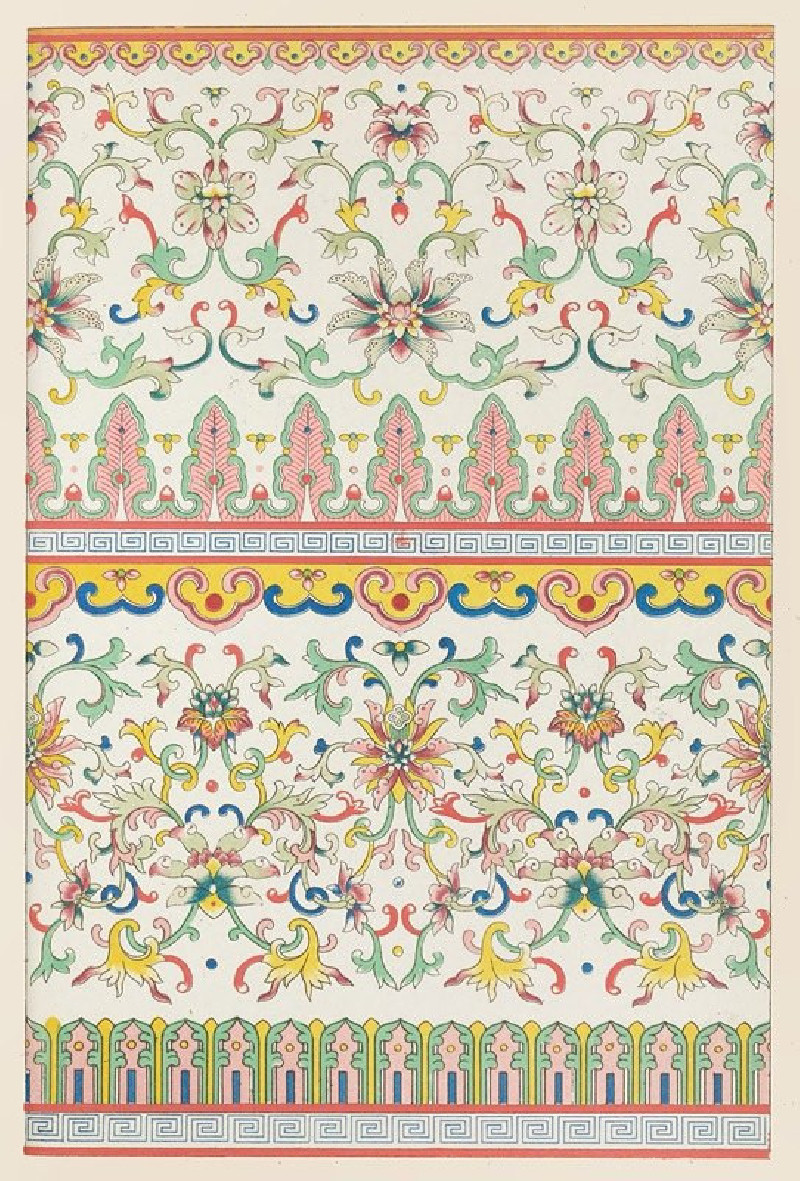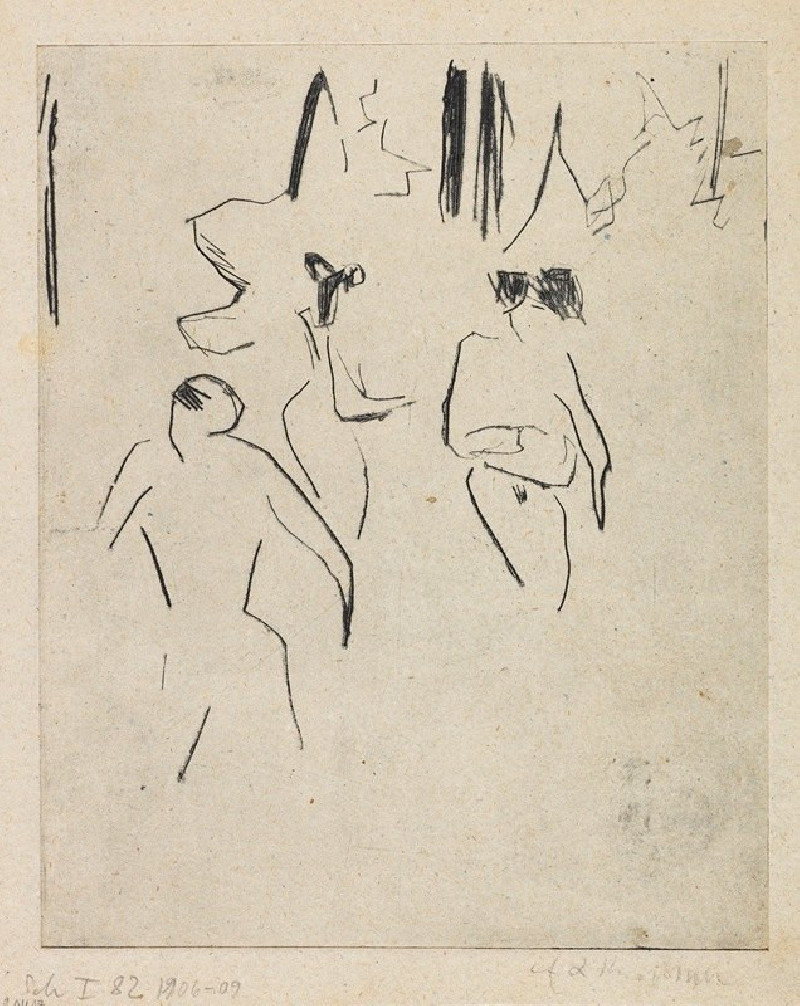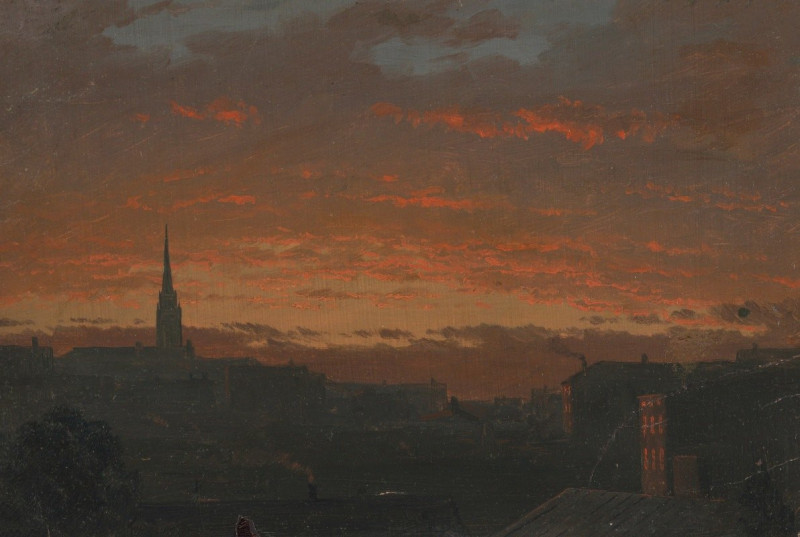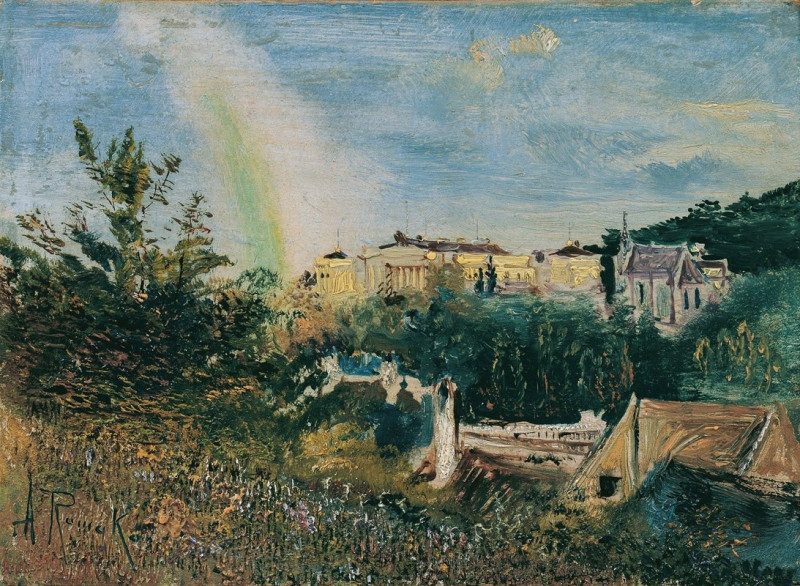Joseph Accused by Potiphar’s Wife (1655)
Technique: Giclée quality print
Recommended by our customers
More about this artwork
"Joseph Accused by Potiphar’s Wife" is a masterful painting by Rembrandt van Rijn, created in 1655. This work is a striking visual representation of a dramatic biblical story from the Book of Genesis. The scene captures the moment when Potiphar's wife, after failing to seduce Joseph, accuses him of trying to assault her. Rembrandt's handling of the subject is both subtle and powerful, providing a window into the emotional landscape of each character.The painting is dominated by three figures: Joseph, Potiphar's wife, and Potiphar himself. Joseph stands to the left, his expression somber and resigned, underscoring his innocence and dismay. He is dressed in a simple, golden tunic, contrasting sharply with the richly adorned Potiphar and his wife. Potiphar's wife is depicted in a flowing pink and white robe, her gestures animated and her expression one of deceit as she tries to convince her husband of her false claim. Meanwhile, Potiphar, clad in ornate, exotic clothing that suggests his high status, appears agitated yet torn, facing his wife with a gesture that seems both inquiring and accusatory.Rembrandt masterfully uses light to focus attention on the central act of accusation by illuminating the wife's desperate expression and the dismissing gesture of her hand. The background remains shrouded in darkness, perhaps symbolizing the impending fate of Joseph and the moral obscurity surrounding the wife's allegations.This painting is not only a fine example of Rembrandt’s skill in portraying complex human emotions and dramatic intensity but also serves as a poignant narrative of virtue, deception, and the trials of faith.
Delivery
Returns
Rembrandt Harmenszoon van Rijn was a Dutch draughtsman, painter, and printmaker. An innovative and prolific master in three media, he is generally considered one of the greatest visual artists in the history of art and the most important in Dutch art history. Unlike most Dutch masters of the 17th century, Rembrandt's works depict a wide range of style and subject matter, from portraits and self-portraits to landscapes, genre scenes, allegorical and historical scenes, and biblical and mythological themes as well as animal studies.


